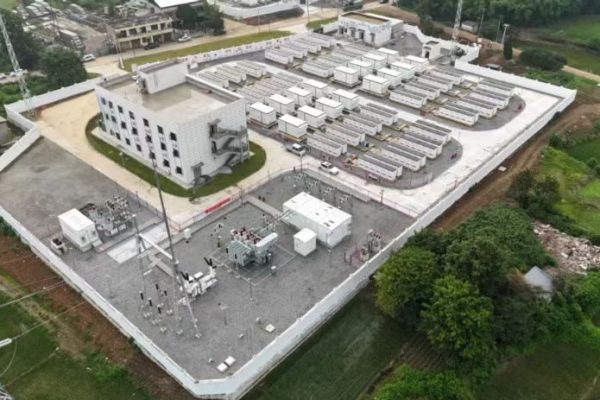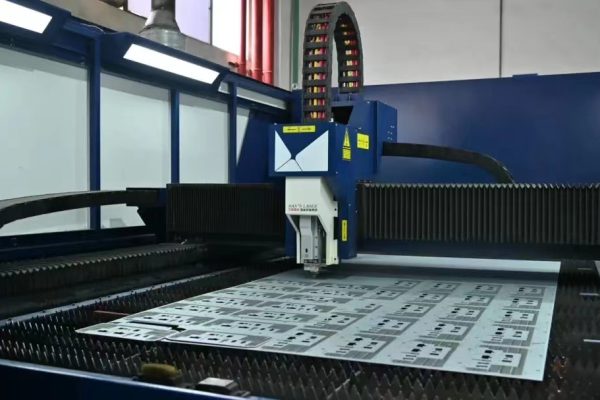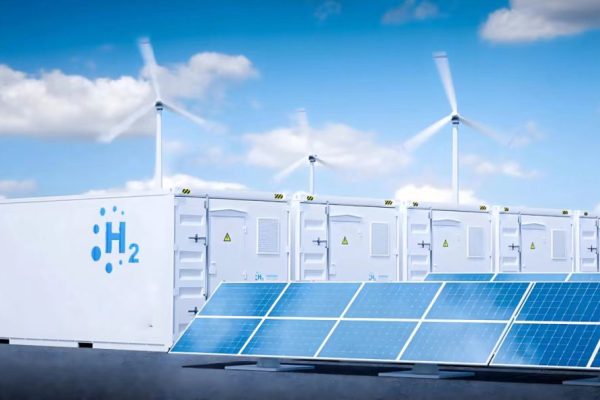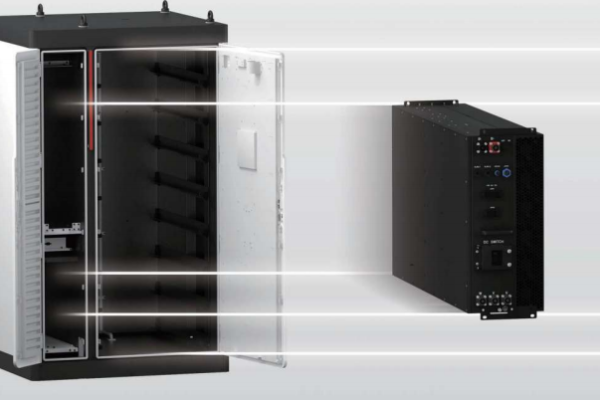How to Choose Between Integrated and Modular PV+Storage Solutions
When building small to medium-sized solar+storage systems, one of the first questions buyers face is:
Should I go for an all-in-one system or a modular setup?
There’s no one-size-fits-all answer. Each architecture offers different trade-offs in terms of flexibility, cost, installation time, and long-term serviceability.
This article compares all-in-one systems (e.g., hybrid inverter + battery + EMS in one cabinet) with modular setups (where components are selected and combined independently), focusing on projects between 5 kW and 100 kW.
🧱 What Do We Mean by “All-in-One” and “Modular”?
🔹 All-in-One System
- Battery, inverter, EMS, and even MPPT in one enclosure
- Often pre-wired and factory-configured
- Designed for fast installation and turnkey use
- Common for residential and light C&I systems
- Example: 10 kW hybrid inverter + 20 kWh LFP battery in one cabinet
🔹 Modular Setup
- Inverter, battery bank, EMS, and MPPT are all separate units
- Installer designs system layout, sizing, and cabling
- Higher customization; more variables to manage
- Common in off-grid, backup, and industrial use cases
🔍 Comparison Table: All-in-One vs. Modular
| Factor | All-in-One | Modular Setup |
|---|---|---|
| Installation Time | Fast (1–2 days) | Slower (more planning & wiring) |
| Flexibility | Limited (fixed config) | High (custom design possible) |
| Component Swapping | Hard (integrated) | Easy (replace only what’s needed) |
| Troubleshooting | Simpler if well documented | May require advanced technical skill |
| Footprint | Compact | Depends on component placement |
| Shipping | Easy (single cabinet) | Complex (multiple SKUs & pallets) |
| Cost Efficiency | Higher upfront, lower install labor | Lower equipment cost, more labor |
| Brand Mixing | Not allowed (locked ecosystem) | Flexible (Deye + Hithium, for example) |
| Aesthetics | Clean and neat | Industrial/technical look |
🏠 When to Choose All-in-One Systems
All-in-one systems are a good fit when:
- You want quick installation and minimal onsite wiring
- The site has limited space or needs an indoor-safe setup
- You prefer to deal with a single brand and avoid compatibility risks
- You’re deploying a standardized product line to many homes or shops
- Local installers are not familiar with custom setups
✅ Best for:
- Residential backup or self-consumption systems (5–15 kW)
- Light commercial systems with limited support capacity
- Installers working under time pressure or limited tools
📌 Example: A 10 kW rooftop in the Philippines with a hybrid cabinet system installed in one day.
🏗️ When Modular Setups Make More Sense
Go modular if you:
- Want to mix components (e.g., Growatt inverter + third-party LFP battery)
- Need flexible scaling (start small, add more batteries later)
- Are working with site constraints (split units across rooms or floors)
- Need a serviceable system for 10+ years
- Want to optimize for CAPEX vs. OPEX
✅ Best for:
- Off-grid or microgrid systems
- Industrial applications where EMS logic matters
- Technical buyers or EPCs with deep integration experience
📌 Example: A modular 50 kW/100 kWh C&I system in Kenya built from independent inverters, racks, and EMS controller.
⚠️ Practical Considerations
🛠️ Installation & Commissioning
- All-in-one units reduce wiring errors but require clear access for delivery and ventilation
- Modular setups require good documentation and qualified technicians
🔌 Maintenance & Warranty
- All-in-one = unified warranty, but you’re dependent on one vendor
- Modular = separate warranties, possibly different lifecycles
📶 Communication
- Integrated systems come pre-synced (BMS ↔ Inverter ↔ EMS)
- Modular designs often need manual configuration of CAN/RS485 settings
🔚 Match Your Project, Not Just Your Preference
Choosing between all-in-one and modular setups depends on your:
- Project location
- Labor availability
- Technical expertise
- Future upgrade plans
- Client expectations
If you’re building repeatable small projects with non-technical clients, all-in-one systems can reduce risk.
If you’re an EPC serving diverse or demanding environments, modular setups offer more control and better long-term support.









